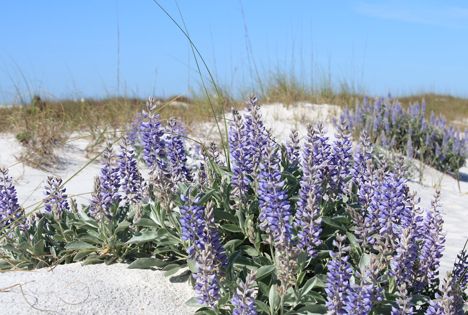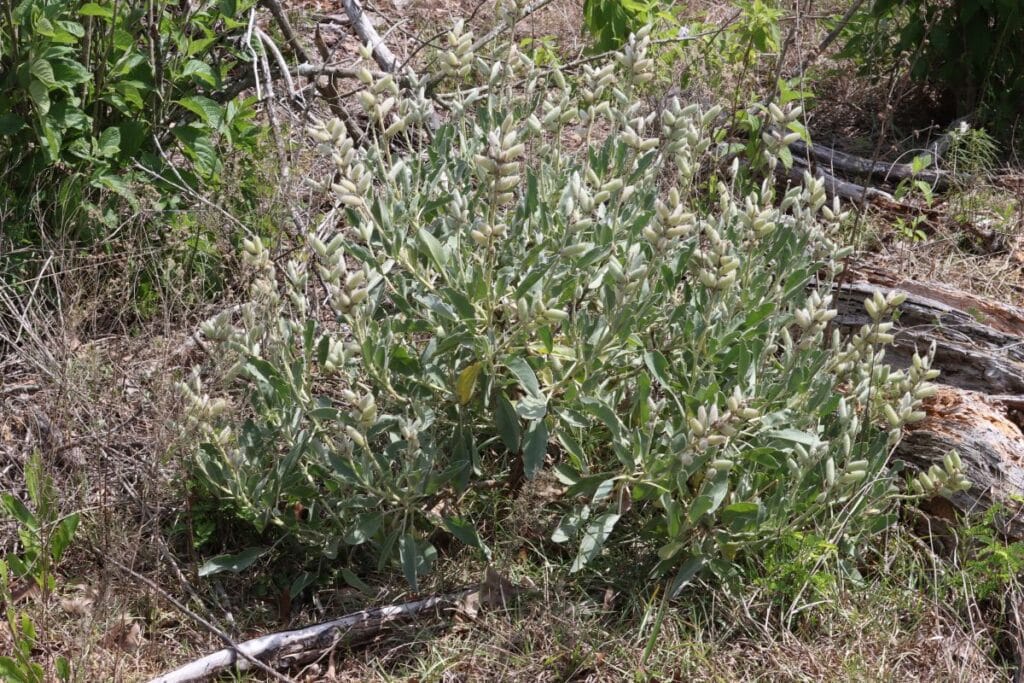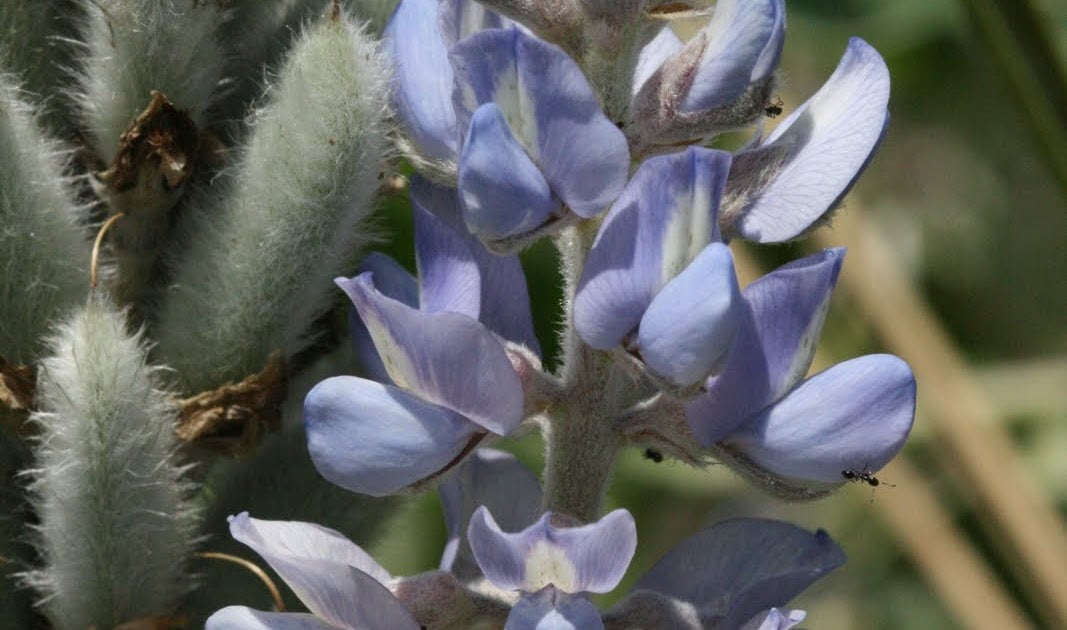Many species of butterflies use various species of lupines (Lupinus) as host plants for their larvae. It’s important to note that butterfly-host relationships can be specific not only to the genus, but to the species level as well. Also, butterfly species’ distributions can affect which lupine species they interact with.

Here are some butterfly species known to utilize Lupines as host plants:
1. Persius Duskywing (Erynnis persius)
2. Silver-spotted Skipper (Epargyreus clarus)
3. Orange Sulphur (Colias eurytheme)
4. Clouded Sulphur (Colias philodice)
5. Eastern Tailed-Blue (Cupido comyntas)
6. Silvery Blue (Glaucopsyche lygdamus)
7. Lupine Blue (Plebejus lupini)
8. Arrowhead Blue (Glaucopsyche piasus)
9. Mission Blue (Icaricia icarioides missionensis) – This is an endangered species.

10 Florida-Native Sandhill Lupine Seeds (Lupinus cumulicola) for U.S. Southeast
Sandhill Lupine, also scientifically known as Lupinus cumulicola, gathered on the Lake Wales Ridge, an ancient sand ridge in central Florida, this fantastic plant has unique traits that not only bring a unique aesthetic appeal but also play an essential role as a butterfly larval host plant. It is native to the southeastern United States, specifically in states like Florida, Georgia, South Carolina, and Alabama.
This is not an exhaustive list and other butterfly species may also use lupines as larval host plants. And we havent even touched on Lupine as Moth Larval Host Plant. Still, with at least nine different butterfly species that might appear for Lupines, it makes sense to add them to your butterfly garden or monarch waystation. Make sure to find your local, native Lupines and install as many as you can. Because species diversity is our goal, and planting more Larval Host Plants is our path, for restoration of butterflies and all the species… one day at a time!
